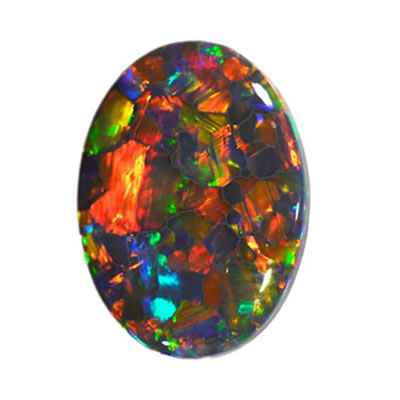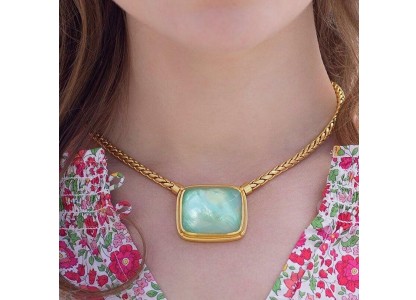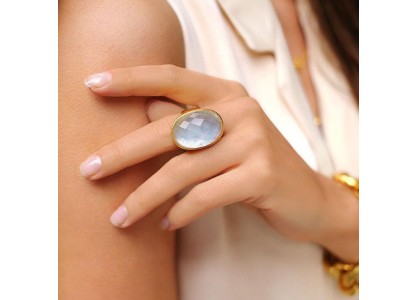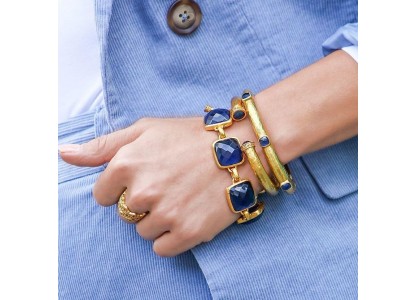Howlite

Howlite jewelry
Etymology and history
The Howlite stone is named after the mineralogist Mr. Henry How of Nova Scotia who discovered Howlite in 1868. This stone is sometimes referred to as 'White Buffalo Stone'. California is the world's primary source of howlite.
Howlite description
Howlite is typically white or gray-white with fine grey or black or brown veins, often in a web-like pattern. It is opaque with a sub-vitreous luster sometimes described as porcelaneous. The attractive black and brown intersecting veins in many Howlite specimens make it useful as an ornamental stone. Many masses and nodules are tumbled and polished, then sold to collectors, who find a particular liking to this inexpensive stone. Howlite is easily dyed, and if dyed turquoise-blue it resembles the mineral Turquoise. In fact, Howlite is used as a cheap substitute for Turquoise. Some dealers dishonestly label dyed Howlite as Turquoise.
Howlite in jewelry
Howolite stone is very often curved to produce decorative objects, ornaments and jewelry. Many jewelers use this stone to produce beautiful sets, bracelets and necklaces. Looks pretty also in rings, earrings and brooches.
Occurrence
Howlite was discovered at Tick Canyon, California in 1868 by Henry How (1828 - 1879), a Canadian chemist, geologist, and mineralogist.
Talk to Our Jewelry Experts
Monday to Friday from 9AM to 5PM EST













